Learn
The Home Front Mobilizes
In addition to building up the armed forces when the U.S. entered the war in 1917, the federal government concentrated on mobilizing the U.S. economy.
The government also went to great lengths to shape public opinion and increase support for the war. Americans were encouraged to buy liberty bonds, reject anything German, and report draft dodgers.
Financing the War
Fighting a war is expensive. So, where does the money come from to produce the supplies our soldiers need to win the war?
Liberty Bonds were special war bonds sold to support the allied cause. More than $20 billion was raised through liberty bonds.
Americans did their part to support the war effort. Even Boys Scouts and Girl Scouts set up booths to sell war bonds.

Managing the Economy
U.S. industries converted to the production of war materials, so new agencies were developed to monitor the production:
- War Industries Board (WIB) - headed by Bernard Baruch, told manufacturers what and how much to produce and even fixed prices
- War Trade Board - licensed foreign trade and punished firms suspected of dealing with the enemy.
- National War Labor Board - headed by William H. Taft, set standard wages, hours and working conditions in the war industries and settled labor disputes that might hinder the war effort.
Regulating Food and Fuel
In 1917, the Lever Food and Fuel Control Act was established by the Food Administration, headed by Herbert Hoover, to regulate food and fuel consumption.
Daylight savings time was established to reduce the use of fuel for nonmilitary purposes.
The 18th Amendment allowed for the prohibition, which prohibited or made the sale or production of alcohol illegal, of alcohol to help conserve scarce grain supplies.
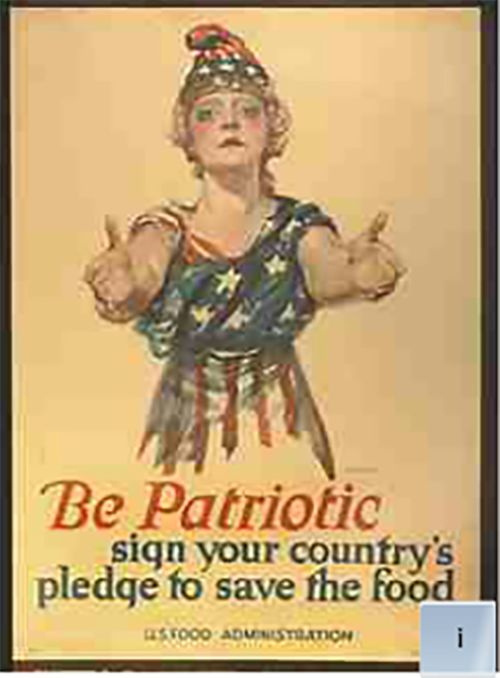
Regulating Food
The Food Administration proclaimed, "Food will win the war." They called on citizens to do their part by participating in "meatless Mondays" and "wheatless" meals each day.

Enforcing Loyalty
The government imposed censorship in the press and instilled a fear of foreigners. The government called for restrictions on immigration and started a "Hate the Hun" campaign.
The campaign created an alertness for foreign spies that approached hysteria. There was an overall hostility toward Germans, hamburgers were even renamed "liberty burgers." Hamburgers have german roots, and Americans did not want to associate with Germans at all!
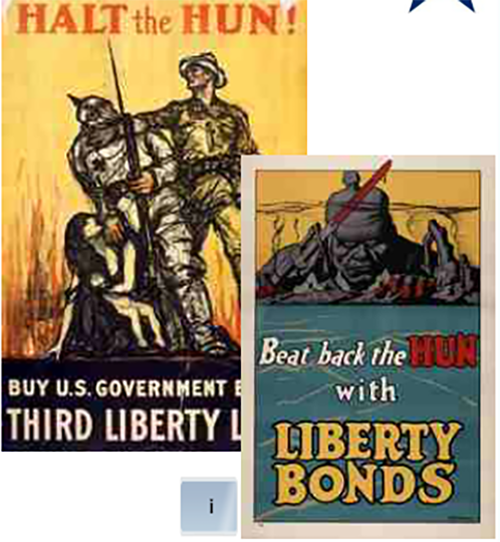
Victory Gardens
In addition, civilians were encouraged to grow Victory Gardens and become more self-sufficient.
This allowed everyone to contribute to the war effort and show their patriotism, while the nation's food supply went to troops overseas.
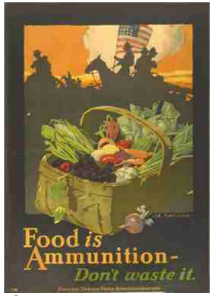
Repression of Civil Liberties
The 1917 Espionage Act was established to fight espionage and sabotage or prevent any obstruction of the war effort. The definitions were so broad, they even included public criticism of the war, which could get you up to twenty years in prison.
The 1918 Sedition Act prohibited "uttering, printing, writing or publishing anything disloyal" about either the government or armed forces. Eugene V. Debs, a socialist leader, got sentenced to ten years in prison.
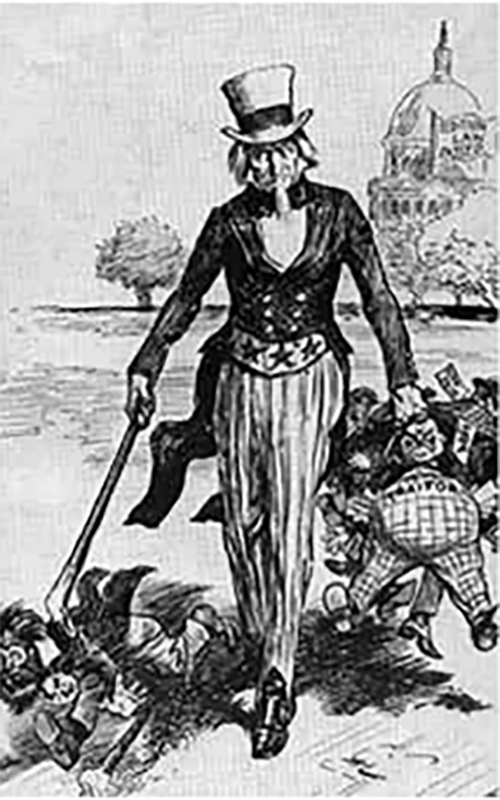
Controlling Political Radicals and Public Opinion
A Committee on Public Information (CPI), headed by George Creel, was created to coordinate support for the war effort. It used pamphlets, billboards and movies to arouse support and crush dissent for the war.
The "Four-Minute Men" spoke to audiences throughout the nation to reinforce President Wilsons reasoning for the war, "Make sure the world is safe for democracy."
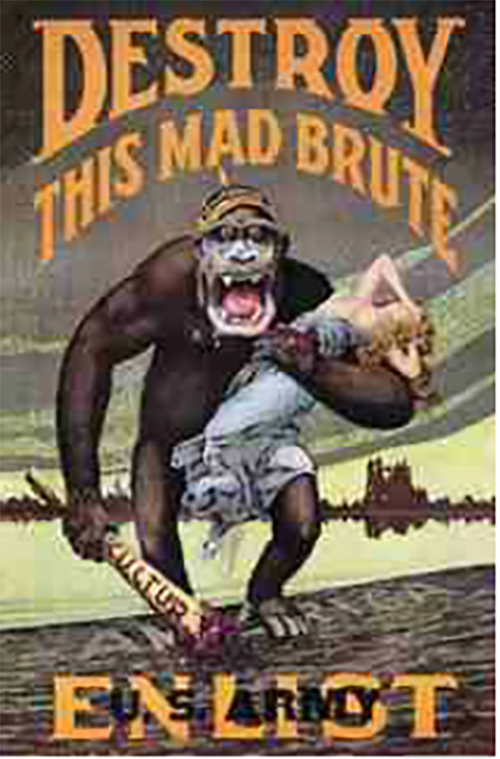
Changing Lives
Americans of every age, gender, and race were affected by the changes on the home front.
- Scouting and Military programs started appearing in schools.
- 500,000 African Americans moved north to take jobs for war industries in what is known as the Great Migration.
- 400,000 women joined the workforce to do jobs usually reserved for men who were now serving in the war.
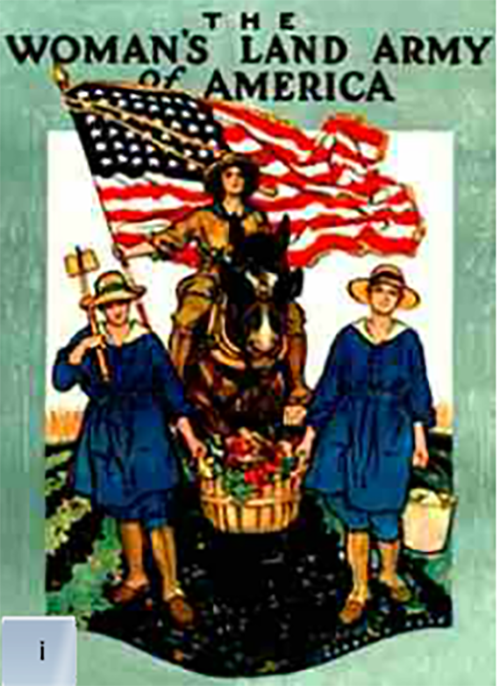
Women during World War I
The war caused a shortage of male workers, and companies began to employ women; women began to rally for suffrage, which is the right to vote and run for elected office.